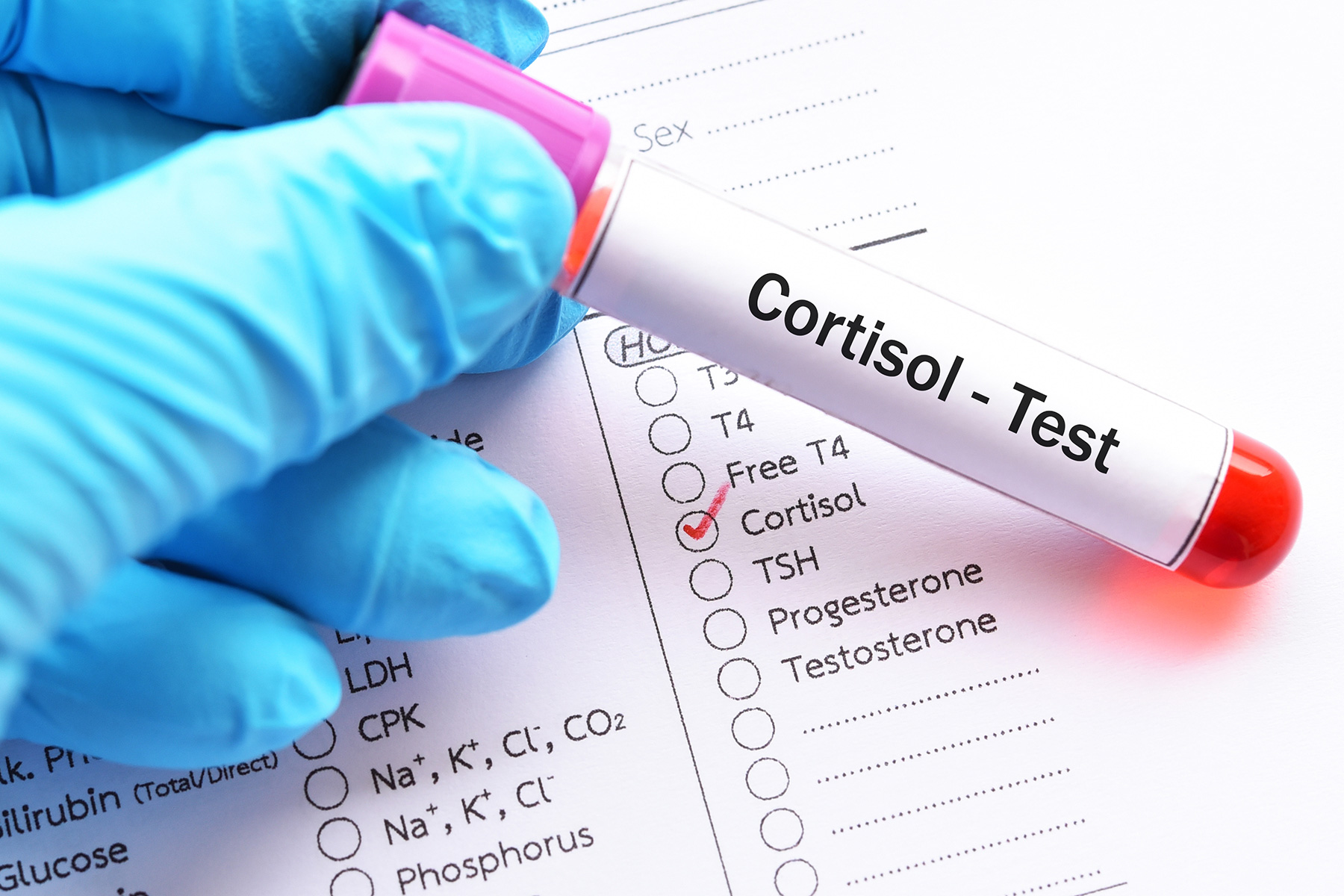Understanding Cushing's Syndrome
Cushing’s syndrome is a rare condition that is caused by prolonged high levels of cortisol in the blood.1
What is Cushing’s Syndrome?
Harvey Cushing was the first to describe in 1932, Cushing's Disease, a disease presenting with hypersecretion of cortisol, that will later be grouped with other pathologies with different aetiologies but with same presentation, under what today we call Cushing's syndrome.1
Cushing’s Syndrome is a condition that occurs when the body produces an excess of cortisol over a long period of time.2
Cortisol is produced by the adrenal glands, two small glands on top of the kidneys. The pituitary gland in the brain sends signals to the adrenal glands to produce cortisol.3
Cortisol is sometimes called “the stress hormone” because it helps the body responds to stress. It also helps to maintain blood pressure, regulate blood glucose (blood sugar), reduce inflammation, and turn the food into energy. Nevertheless, an excess of cortisol can cause harmful effects3
Endogenous Cushing’s syndrome can be caused by the overproduction of cortisol due to tumours in the pituitary (What was first described by Harvey Cushing1) and adrenal glands2. However exogenous Cushing's syndrome can result from high dose steroid intakes for a long period of time.2
What are the symptoms of Cushing’s syndrome?
CS is clinically unmistakable when it is fully developed, but the spectrum of clinical presentation is wide with insidious onset therefore the diagnosis can be challenging in mild cases4.
The most common clinical signs of CS are:2,4
- weight gain
- thin arms and legs
- a round face
- increased fat around the base of the neck
- a fatty hump between the shoulders
- easy bruising
- wide purple stretch marks, mainly on the abdomen, breasts, hips, and under the arms
- weak muscles
Children with Cushing’s syndrome tend to have obesity and grow more slowly than other children2,4. Women may have excess hair on their face, neck, chest, abdomen, and thighs. Menstrual periods may become irregular or stop5. Men may have decreased fertility with lowered interest in sex and may have erectile dysfunction.6,7
How common is cushing’s syndrome?
Cushing’s syndrome caused by tumours in the pituitary or adrenal glands is rare.8
Each year, there are only 0.7–2.4 new cases per million. It usually occurs in people over the age of 40 years, and it affects four times as many women than men.7

How is Cushing’s syndrome diagnosed?
Cushing’s syndrome can be difficult to diagnose because the symptoms are also seen in more common diseases.
CS can be initially investigated using one of the following four tests based on individual patient characteristics4:
Magnetic resonance imaging (MRI) and computed tomography (CT) scans may also be used to confirm the diagnosis.8
How is Cushing’s syndrome treated?
CS treatment aims to rapidly normalise the cortisol levels, and consequently, to improve the metabolic and biochemical abnormalities associated with the disorder.9
This is commonly done by removing the tumour that is causing cortisol levels to rise. If this does not work, other options include radiotherapy, medical therapy and removing the adrenal glands.7
If you are a patient, please contact your physician for more information.
If you are a healthcare professional from the EU, you can find further information on the treatment
guidelines for Cushing’s syndrome
here.

Want more information about Cushing's syndrome?
Hear the experiences of three patients with Cushing’s syndrome: Watch Sammy, Ida or Lily’s story here
The
Pituitary Network Association
(www.cushings.org)
have created a site full of useful information on Cushing’s syndrome.
Additional information on
Cushing’s syndrome could be found on www.cushingshub.com.
This website is dedicated for healthcare professionals.
1. Harvey Cushing: Cushing's Disease, Harold Ellis, Volume 22, Issue 9
2. https://www.mayoclinic.org/diseases-conditions/cushing-syndrome/symptoms-causes/syc-20351310 (last access on 24/10/2023)
3. https://my.clevelandclinic.org/health/articles/22187-cortisol (last access on 24/10/2023)
4. Lynette K. Nieman and others: The Diagnosis of Cushing’s Syndrome: An Endocrine Society Clinical Practice Guideline, 2008 May; 93(5): 1526–1540.
5. https://medlineplus.gov/genetics/condition/cushing-disease/#resources (last access on 24/10/2023)
6. Elena Valassi and others, on behalf of The ERCUSYN Study Group, The European Registry on Cushing's syndrome: 2-year experience. Baseline demographic and clinical characteristics, European Journal of Endocrinology, Volume 165, Issue 3, Sep 2011, Pages 383–392.
7. Pivonello R et al. Complications of CS state of the art Lancet Diabetes Endocrinol. 2016; 4 611–29
8. Fleseriu M, Auchus R, Bancos I, et al. Consensus on diagnosis and management of Cushing’s disease: a guideline update. Lancet Diabetes Endocrinol. 2021; 9: 847-875
9. Sharma ST et al., Cushing’s syndrome: epidemiology and developments in disease management. Clin Epidemiol. 2015; 7:281-293











